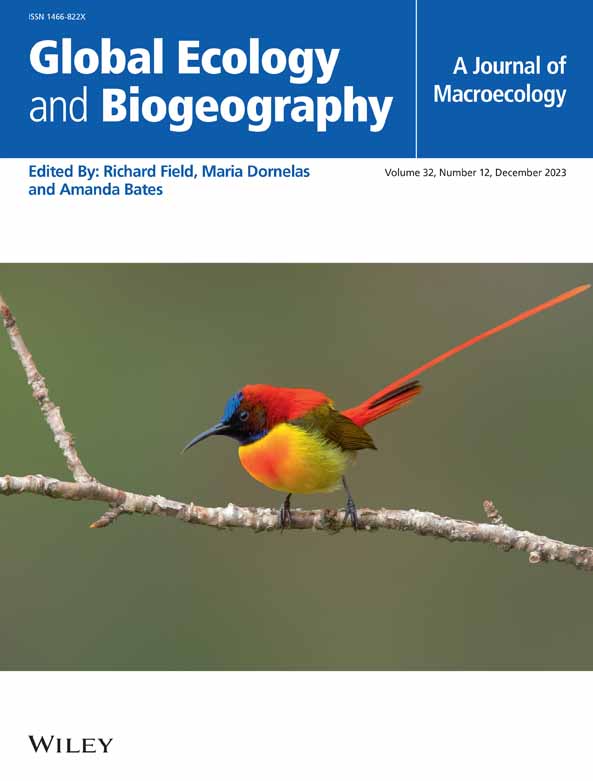The Effects, Patterns and Predictors of Phosphorus Addition on Terrestrial Litter Decomposition
Abstract
Aim
Anthropogenic phosphorus (P) input profoundly affects carbon (C) and nutrient dynamics in terrestrial ecosystems, which poses a threat to soil health and nutrient sustainability. Litter decomposition is crucial for maintaining soil C and nutrient pools, yet there is a significant knowledge gap regarding the effects of anthropogenic P input on terrestrial litter decomposition.
Location
Terrestrial ecosystems.
Time Period
1985–2024.
Major Taxa Studied
Litter decomposition.
Methods
We conducted a meta-analysis based on 731 observations from 40 peer-reviewed articles to determine the overall effects, patterns and primary predictors of P addition on litter decomposition.
Results
The results showed that P addition increased the activities of β-1,4-glucosidase (BG) and β-1,4-N-acetylglucosaminidase (NAG) during decomposition and accelerated the degradation of lignin and cellulose and the release of litter C. This resulted in a 6.63% increase in litter mass loss. The positive effect of P addition on litter mass loss was further amplified when combined with N addition. In addition, the patterns varied depending on P fertiliser type (e.g., Ca(H2PO4)2, NaH2PO4, and KH2PO4), P addition level (e.g., < 5, 5–10 and > 10 g P m−2 year−1), experimental duration (e.g., < 12, 12–24 and > 24 months), litterbag mesh size (e.g., < 0.5, 0.5–2 and > 2 mm), litter type (e.g., leaf, stem and root), climate zone (e.g., tropical and temperate), and ecosystem type (e.g., forest, grassland and wetland). Model selection analysis showed that background soil pH was the primary predictor driving litter decomposition in response to P addition.
Main Conclusions
Our results highlighted that P addition promoted the degradation of organic C, lignin, and cellulose and accelerated the process of litter decomposition. Moreover, the patterns and primary predictors (e.g., backgroud soil pH) are critical for accurately understanding how anthropogenic P input influences these processes.


 求助内容:
求助内容: 应助结果提醒方式:
应助结果提醒方式:


